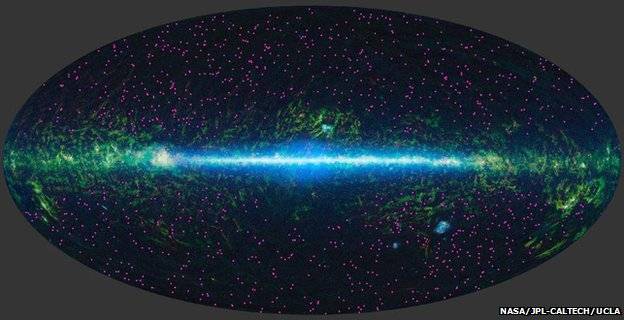Astronomers have spied a star's swan song as it is shredded by a black hole.
Researchers suspect that the star wandered too close to the black hole and got sucked in by the huge gravitational forces.
The star's final moments sent a flash of radiation hurtling towards Earth.
The energy burst is still visible by telescope more than two-and-a-half months later, the researchers report in the journal Science.
Cool!
BBC News - Powerful cosmic blast as black hole shreds star
Researchers suspect that the star wandered too close to the black hole and got sucked in by the huge gravitational forces.
The star's final moments sent a flash of radiation hurtling towards Earth.
The energy burst is still visible by telescope more than two-and-a-half months later, the researchers report in the journal Science.
Cool!
BBC News - Powerful cosmic blast as black hole shreds star




